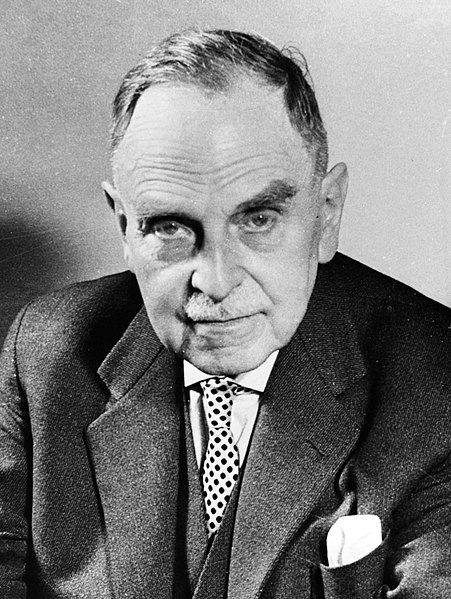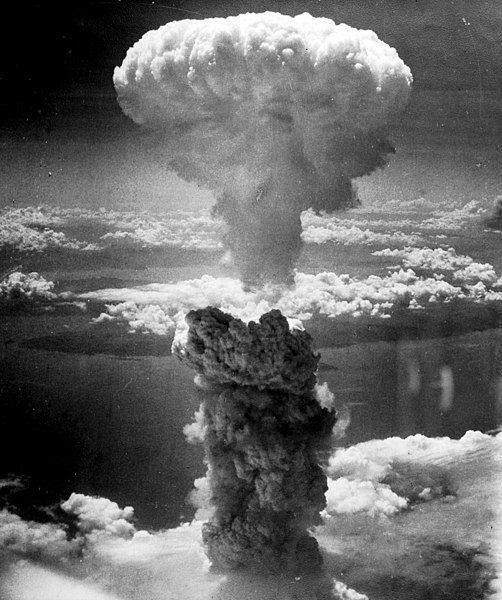Otto Hahn was a German chemist who was a pioneer in the fields of radioactivity and radiochemistry. He is referred to as the father of nuclear chemistry and father of nuclear fission. Hahn and Lise Meitner discovered radioactive isotopes of radium, thorium, protactinium and uranium. He also discovered the phenomena of atomic recoil and nuclear isomerism, and pioneered rubidium–strontium dating. In 1938, Hahn, Meitner and Fritz Strassmann discovered nuclear fission, for which Hahn alone, was awarded the 1944 Nobel Prize for Chemistry. Nuclear fission was the basis for nuclear reactors and nuclear weapons.
Otto Hahn
William Ramsay, London 1905
Ernest Rutherford at McGill University, Montreal 1905
Hahn and Meitner, 1913, in the chemical laboratory of the Kaiser Wilhelm Institute for Chemistry. When a colleague she did not recognise said that they had met before, Meitner replied: "You probably mistake me for Professor Hahn."
Nuclear fission is a reaction in which the nucleus of an atom splits into two or more smaller nuclei. The fission process often produces gamma photons, and releases a very large amount of energy even by the energetic standards of radioactive decay.
The cooling towers of the Philippsburg Nuclear Power Plant in Germany
The mushroom cloud of the atomic bomb dropped on Nagasaki, Japan, on 9 August 1945 rose over 18 kilometres (11 mi) above the bomb's hypocenter. An estimated 39,000 people were killed by the atomic bomb, of whom 23,145–28,113 were Japanese factory workers, 2,000 were Korean slave laborers, and 150 were Japanese combatants.
Otto Hahn and Lise Meitner in 1912
The nuclear fission display at the Deutsches Museum in Munich. The table and instruments are originals, but would not have been together in the same room.








